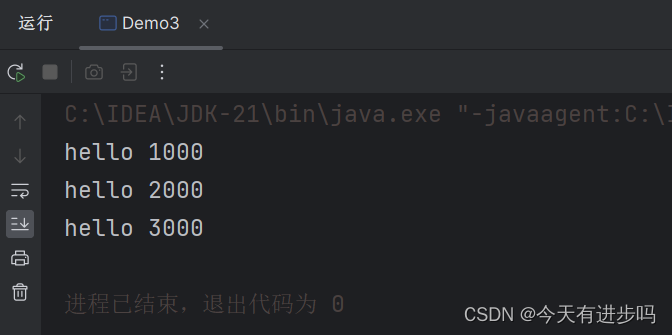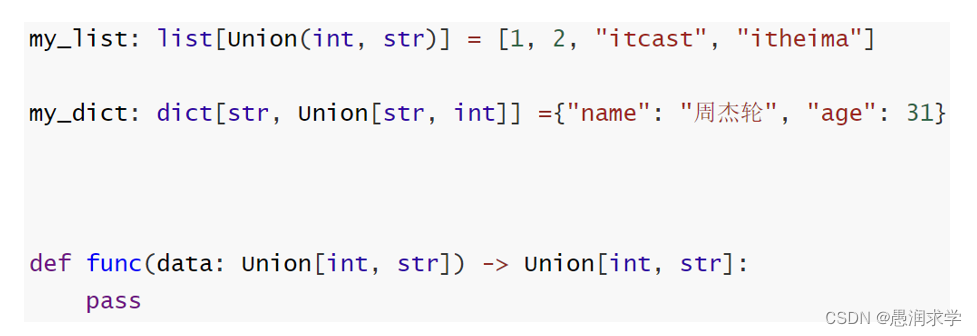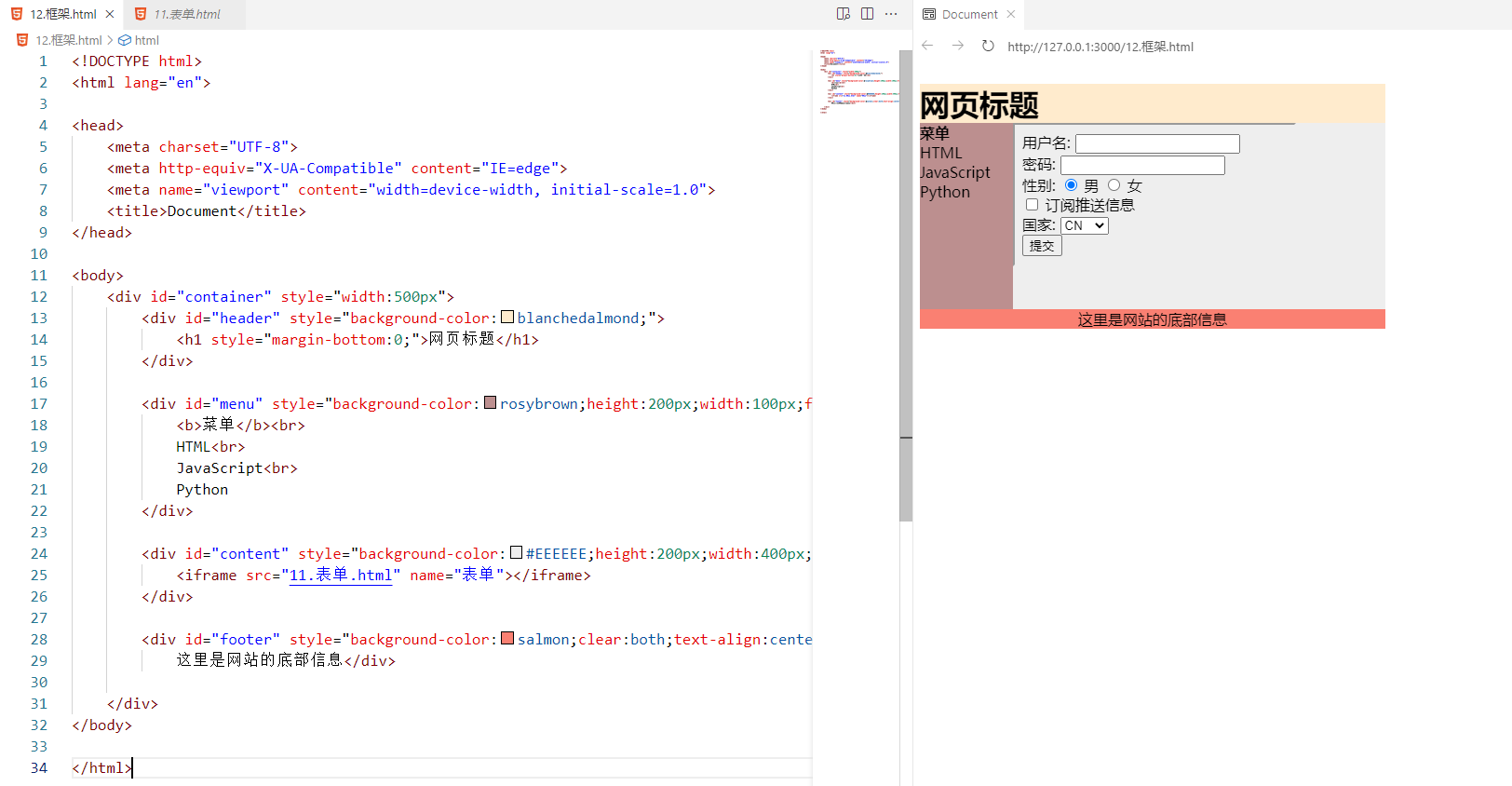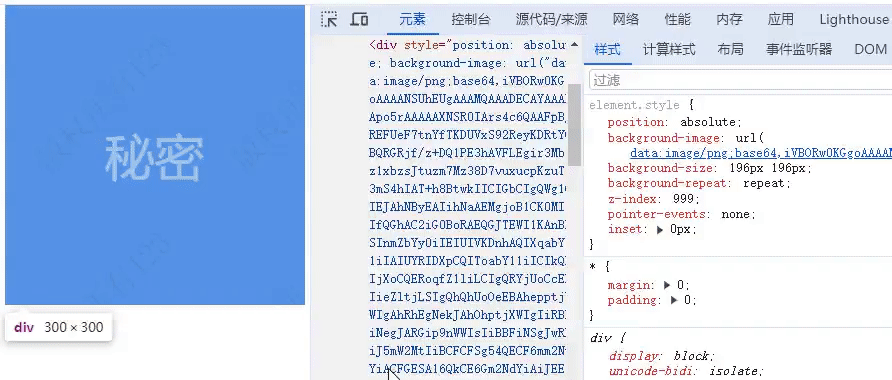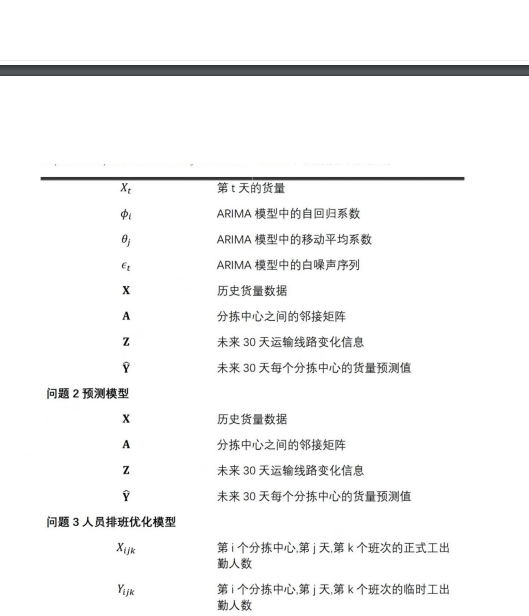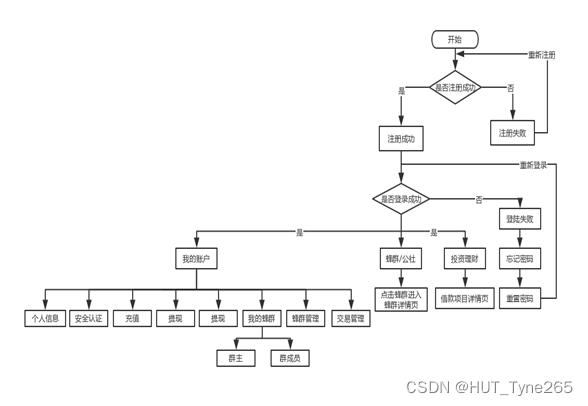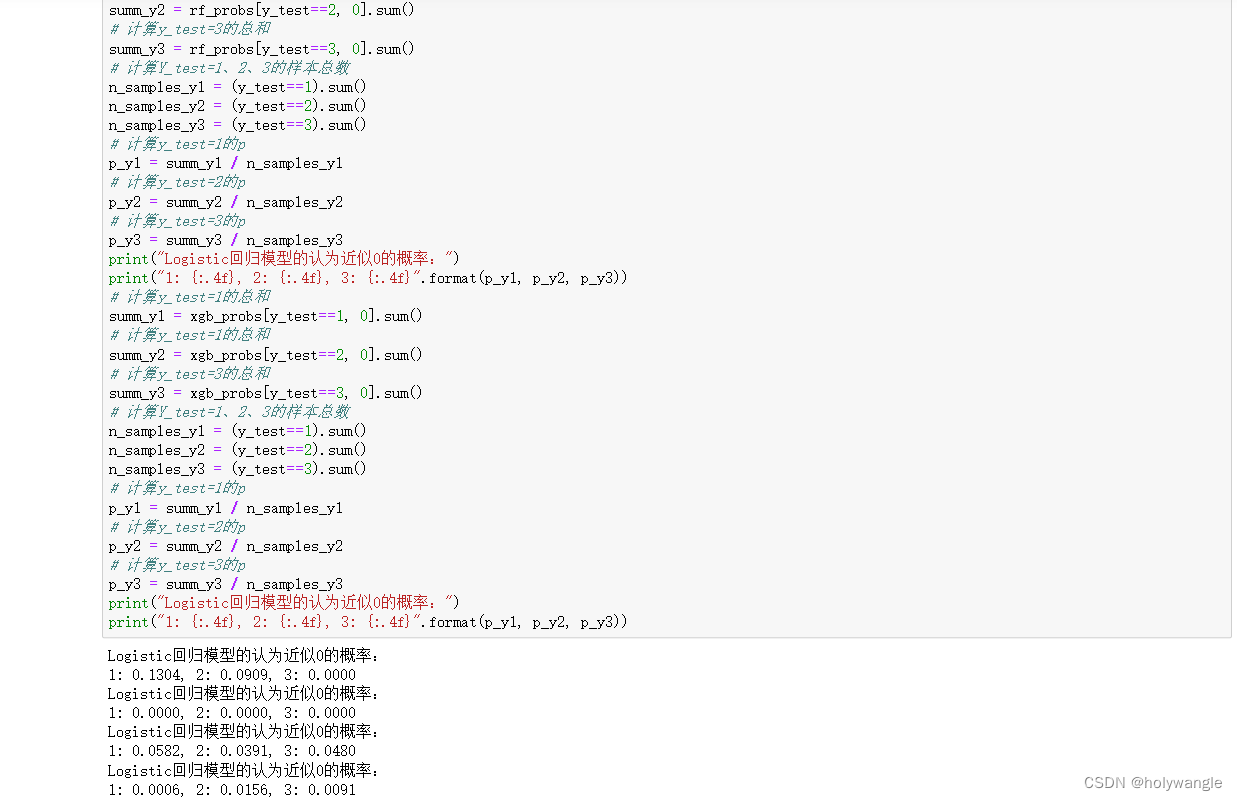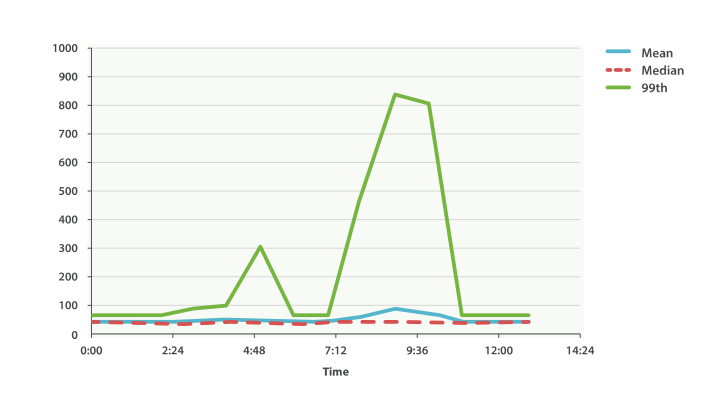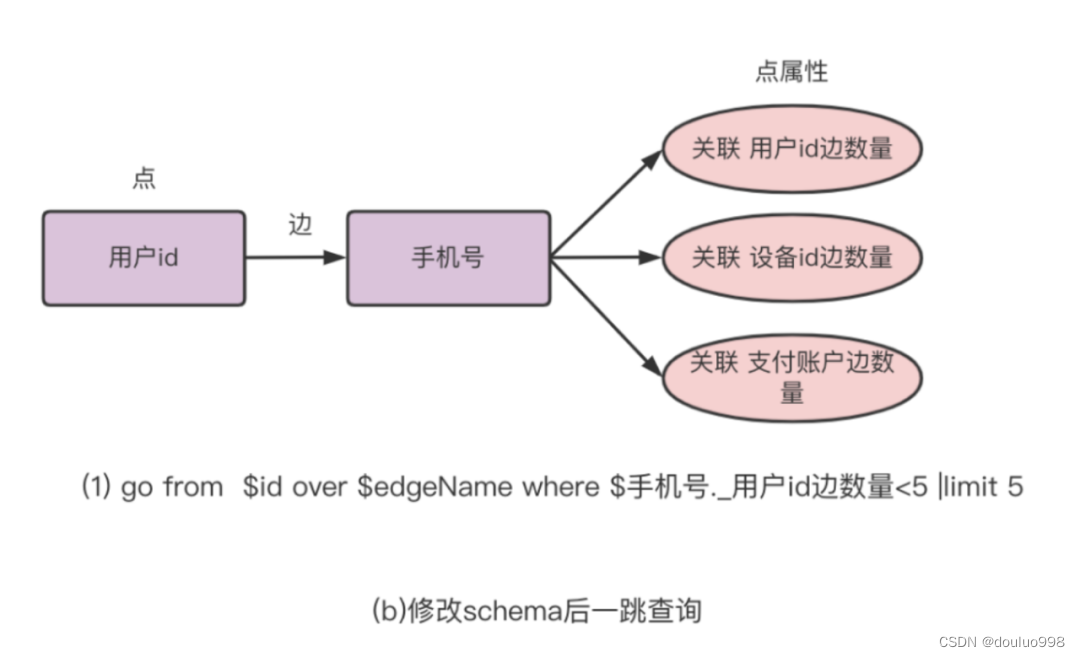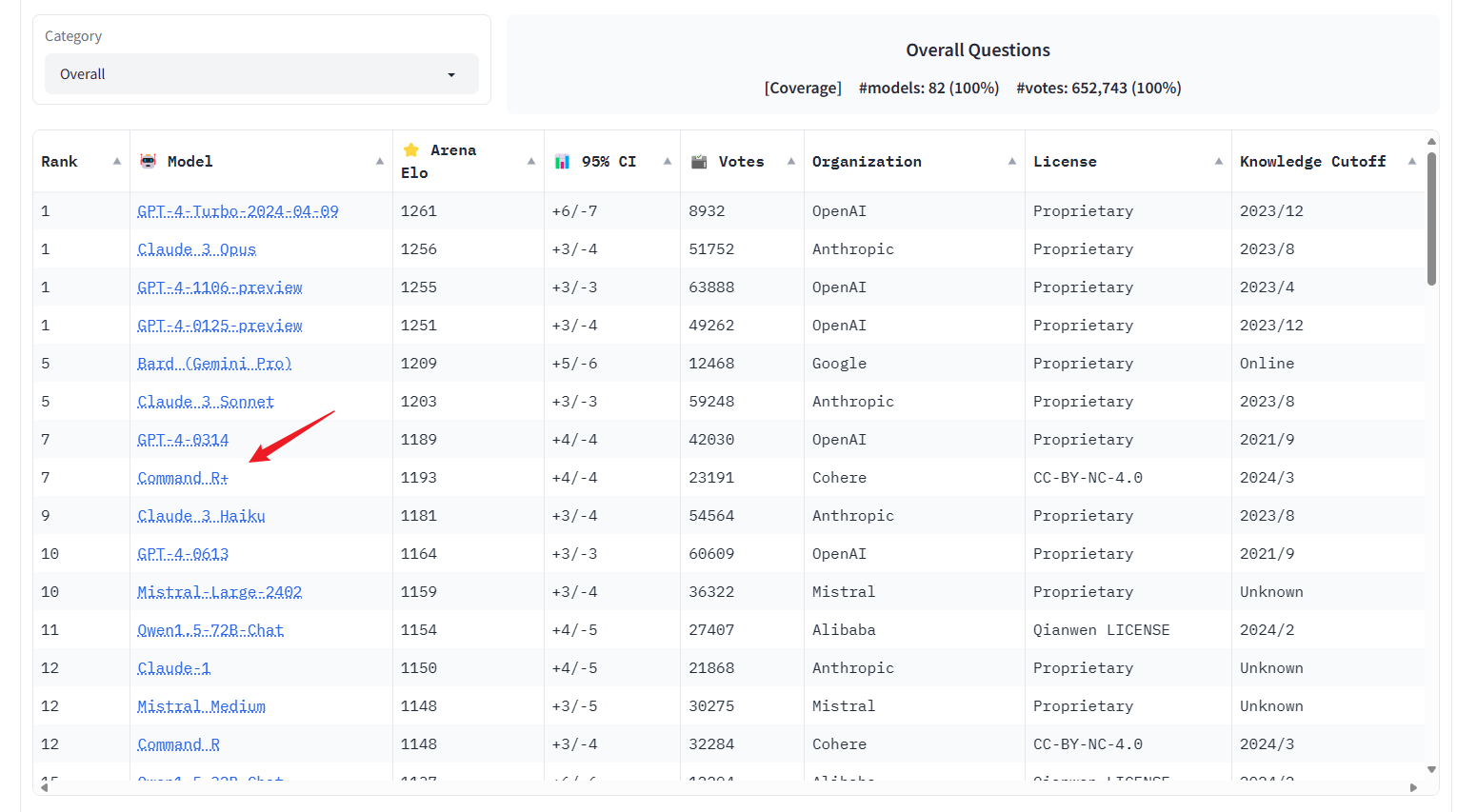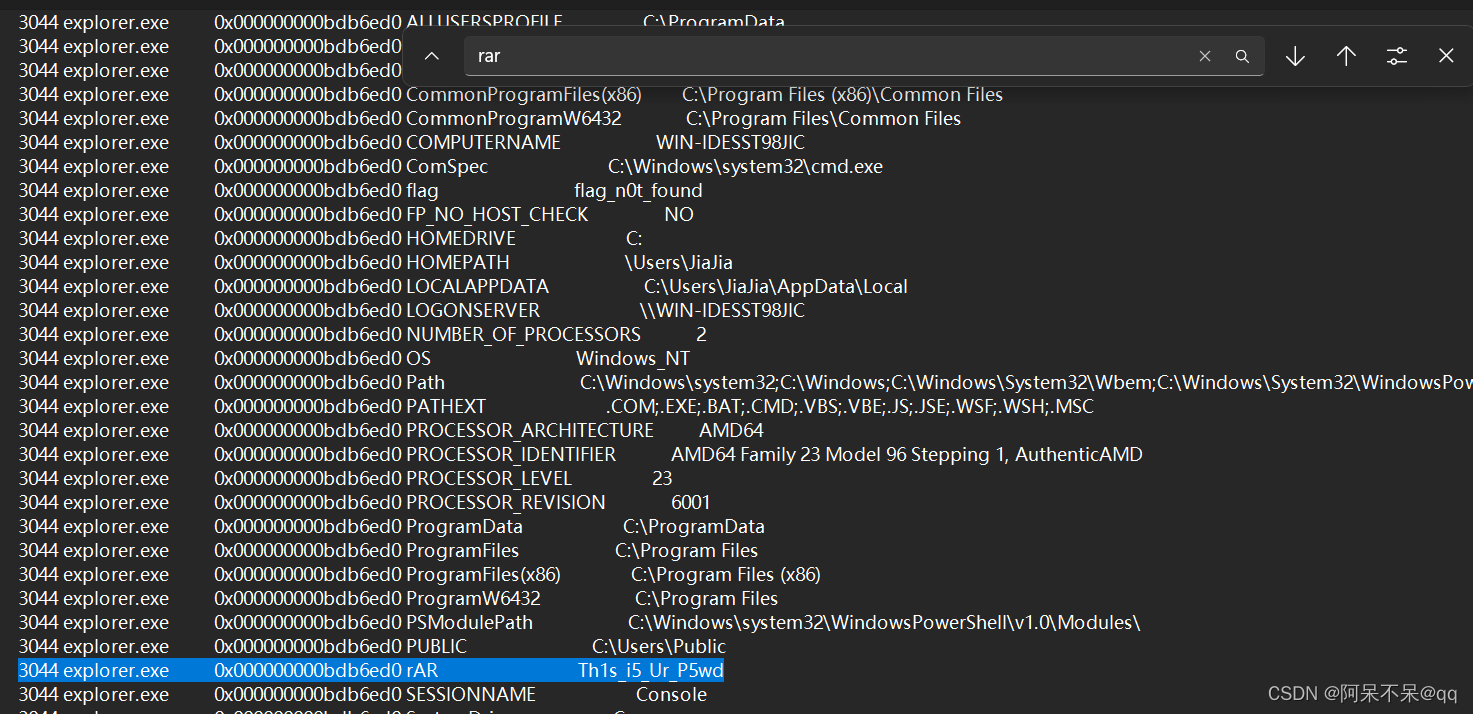网址:aHR0cHM6Ly91c2VyLnBlZGFpbHkuY24vbG9naW4uYXNweA==
抓包登录接口:
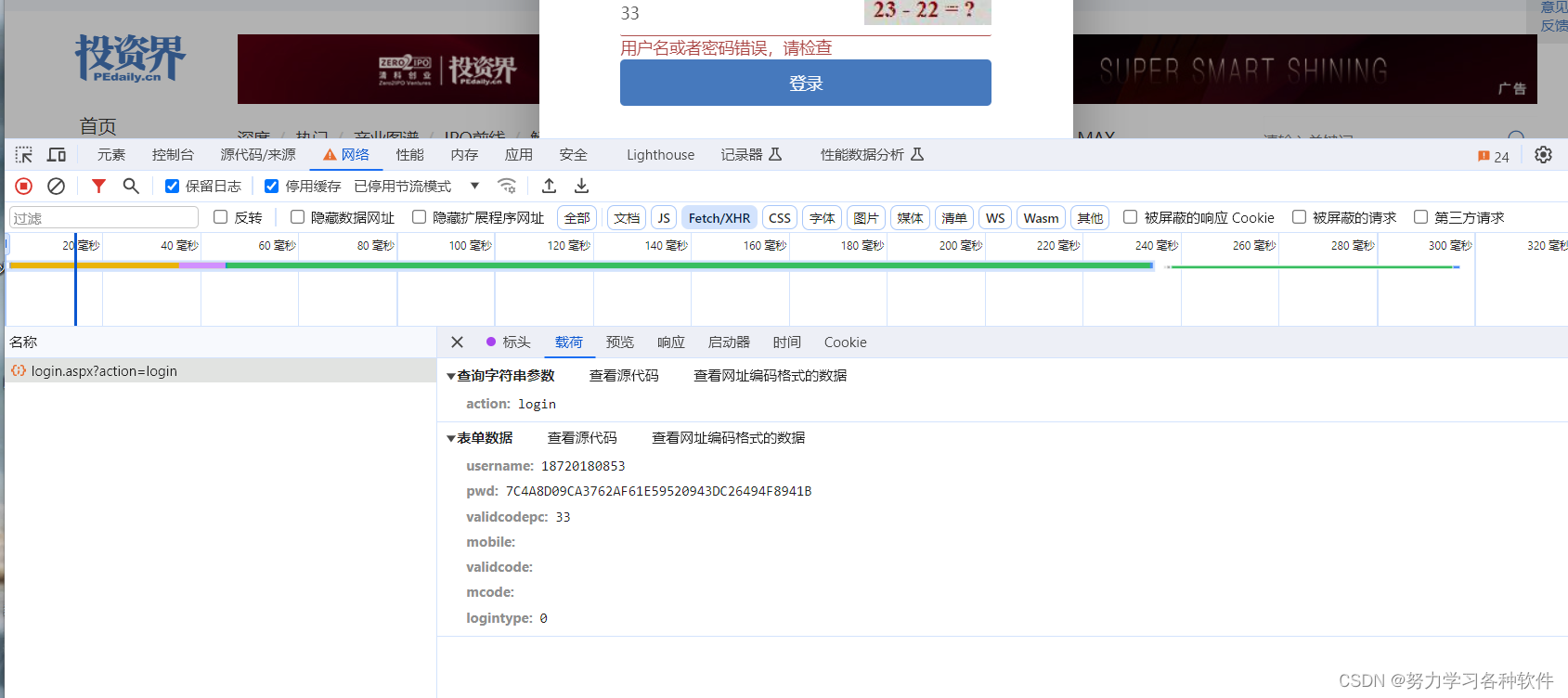
在登录界面登录,不然不会出现login的js文件,按关键词搜索,进入loginjs文件,在文件中搜索,找到疑似加密的位置,打上断点,重新登陆。

在控制台打印疑似参数,hex_sha1是加密函数。

$('#form_login #pwd').val(hex_sha1($('#form_login #password').val()))
这行代码通过 jQuery 选择器获取了 id 为 form_login 的表单内部 id 为 password 的输入框的值,然后使用 hex_sha1 函数对其进行 SHA-1 加密,最后将加密后的结果设置为 id 为 form_login 的表单内部 id 为 pwd 的输入框的值。
具体来说:
$('#form_login #password').val()获取 id 为form_login的表单内部 id 为password的输入框的值。hex_sha1($('#form_login #password').val())对获取的密码值进行 SHA-1 加密。$('#form_login #pwd').val(...)将加密后的结果设置为 id 为form_login的表单内部 id 为pwd的输入框的值。
鼠标覆盖hex_sha1,进入加密函数所在的js代码。选中的函数就是加密函数,这个文件应该全是用来加密解密的,可以全部复制,在最后一行打印console.log(hex_sha1(123456)),然后复制整个js文件,先在浏览器环境运行。
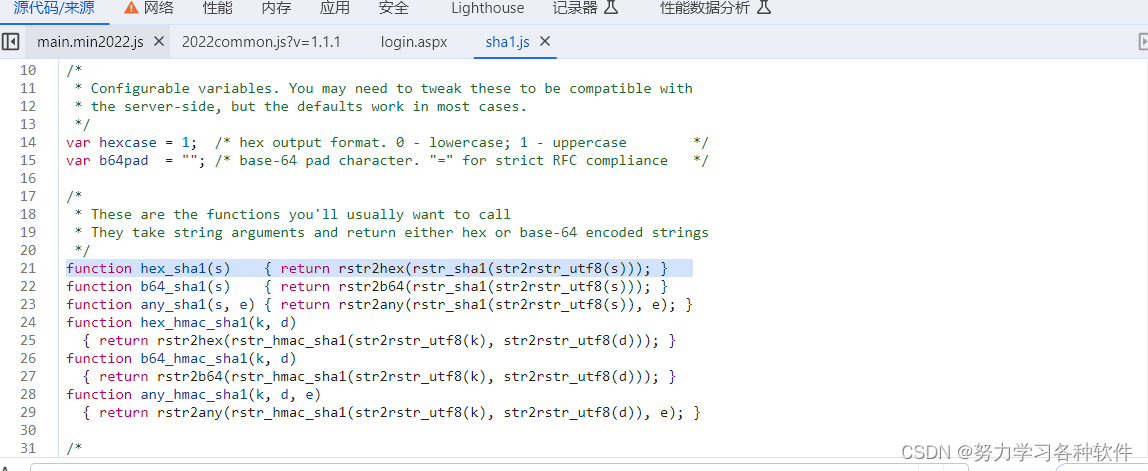
打开一个页面——打开新的开发者工具——打开源代码来源—— 代码段——添加新的代码段——执行。发现可以运行成功。再复制到pycharm中运行。

代码展现:
/*
* A JavaScript implementation of the Secure Hash Algorithm, SHA-1, as defined
* in FIPS 180-1
* Version 2.2 Copyright Paul Johnston 2000 - 2009.
* Other contributors: Greg Holt, Andrew Kepert, Ydnar, Lostinet
* Distributed under the BSD License
* See http://pajhome.org.uk/crypt/md5 for details.
*/
/*
* Configurable variables. You may need to tweak these to be compatible with
* the server-side, but the defaults work in most cases.
*/
var hexcase = 1; /* hex output format. 0 - lowercase; 1 - uppercase */
var b64pad = ""; /* base-64 pad character. "=" for strict RFC compliance */
/*
* These are the functions you'll usually want to call
* They take string arguments and return either hex or base-64 encoded strings
*/
function hex_sha1(s) { return rstr2hex(rstr_sha1(str2rstr_utf8(s))); }
function b64_sha1(s) { return rstr2b64(rstr_sha1(str2rstr_utf8(s))); }
function any_sha1(s, e) { return rstr2any(rstr_sha1(str2rstr_utf8(s)), e); }
function hex_hmac_sha1(k, d)
{ return rstr2hex(rstr_hmac_sha1(str2rstr_utf8(k), str2rstr_utf8(d))); }
function b64_hmac_sha1(k, d)
{ return rstr2b64(rstr_hmac_sha1(str2rstr_utf8(k), str2rstr_utf8(d))); }
function any_hmac_sha1(k, d, e)
{ return rstr2any(rstr_hmac_sha1(str2rstr_utf8(k), str2rstr_utf8(d)), e); }
/*
* Perform a simple self-test to see if the VM is working
*/
function sha1_vm_test()
{
return hex_sha1("abc").toLowerCase() == "a9993e364706816aba3e25717850c26c9cd0d89d";
}
/*
* Calculate the SHA1 of a raw string
*/
function rstr_sha1(s)
{
return binb2rstr(binb_sha1(rstr2binb(s), s.length * 8));
}
/*
* Calculate the HMAC-SHA1 of a key and some data (raw strings)
*/
function rstr_hmac_sha1(key, data)
{
var bkey = rstr2binb(key);
if(bkey.length > 16) bkey = binb_sha1(bkey, key.length * 8);
var ipad = Array(16), opad = Array(16);
for(var i = 0; i < 16; i++)
{cd44bf3750501c57fa3b57729711adee67d9c0
ipad[i] = bkey[i] ^ 0x36363636;
opad[i] = bkey[i] ^ 0x5C5C5C5C;
}
var hash = binb_sha1(ipad.concat(rstr2binb(data)), 512 + data.length * 8);
return binb2rstr(binb_sha1(opad.concat(hash), 512 + 160));
}
/*
* Convert a raw string to a hex string
*/
function rstr2hex(input)
{
try { hexcase } catch(e) { hexcase=0; }
var hex_tab = hexcase ? "0123456789ABCDEF" : "0123456789abcdef";
var output = "";
var x;
for(var i = 0; i < input.length; i++)
{
x = input.charCodeAt(i);
output += hex_tab.charAt((x >>> 4) & 0x0F)
+ hex_tab.charAt( x & 0x0F);
}
return output;
}
/*
* Convert a raw string to a base-64 string
*/
function rstr2b64(input)
{
try { b64pad } catch(e) { b64pad=''; }
var tab = "ABCDEFGHIJKLMNOPQRSTUVWXYZabcdefghijklmnopqrstuvwxyz0123456789+/";
var output = "";
var len = input.length;
for(var i = 0; i < len; i += 3)
{
var triplet = (input.charCodeAt(i) << 16)
| (i + 1 < len ? input.charCodeAt(i+1) << 8 : 0)
| (i + 2 < len ? input.charCodeAt(i+2) : 0);
for(var j = 0; j < 4; j++)
{
if(i * 8 + j * 6 > input.length * 8) output += b64pad;
else output += tab.charAt((triplet >>> 6*(3-j)) & 0x3F);
}
}
return output;
}
/*
* Convert a raw string to an arbitrary string encoding
*/
function rstr2any(input, encoding)
{
var divisor = encoding.length;
var remainders = Array();
var i, q, x, quotient;
/* Convert to an array of 16-bit big-endian values, forming the dividend */
var dividend = Array(Math.ceil(input.length / 2));
for(i = 0; i < dividend.length; i++)
{
dividend[i] = (input.charCodeAt(i * 2) << 8) | input.charCodeAt(i * 2 + 1);
}
/*
* Repeatedly perform a long division. The binary array forms the dividend,
* the length of the encoding is the divisor. Once computed, the quotient
* forms the dividend for the next step. We stop when the dividend is zero.
* All remainders are stored for later use.
*/
while(dividend.length > 0)
{
quotient = Array();
x = 0;
for(i = 0; i < dividend.length; i++)
{
x = (x << 16) + dividend[i];
q = Math.floor(x / divisor);
x -= q * divisor;
if(quotient.length > 0 || q > 0)
quotient[quotient.length] = q;
}
remainders[remainders.length] = x;
dividend = quotient;
}
/* Convert the remainders to the output string */
var output = "";
for(i = remainders.length - 1; i >= 0; i--)
output += encoding.charAt(remainders[i]);
/* Append leading zero equivalents */
var full_length = Math.ceil(input.length * 8 /
(Math.log(encoding.length) / Math.log(2)))
for(i = output.length; i < full_length; i++)
output = encoding[0] + output;
return output;
}
/*
* Encode a string as utf-8.
* For efficiency, this assumes the input is valid utf-16.
*/
function str2rstr_utf8(input)
{
var output = "";
var i = -1;
var x, y;
while(++i < input.length)
{
/* Decode utf-16 surrogate pairs */
x = input.charCodeAt(i);
y = i + 1 < input.length ? input.charCodeAt(i + 1) : 0;
if(0xD800 <= x && x <= 0xDBFF && 0xDC00 <= y && y <= 0xDFFF)
{
x = 0x10000 + ((x & 0x03FF) << 10) + (y & 0x03FF);
i++;
}
/* Encode output as utf-8 */
if(x <= 0x7F)
output += String.fromCharCode(x);
else if(x <= 0x7FF)
output += String.fromCharCode(0xC0 | ((x >>> 6 ) & 0x1F),
0x80 | ( x & 0x3F));
else if(x <= 0xFFFF)
output += String.fromCharCode(0xE0 | ((x >>> 12) & 0x0F),
0x80 | ((x >>> 6 ) & 0x3F),
0x80 | ( x & 0x3F));
else if(x <= 0x1FFFFF)
output += String.fromCharCode(0xF0 | ((x >>> 18) & 0x07),
0x80 | ((x >>> 12) & 0x3F),
0x80 | ((x >>> 6 ) & 0x3F),
0x80 | ( x & 0x3F));
}
return output;
}
/*
* Encode a string as utf-16
*/
function str2rstr_utf16le(input)
{
var output = "";
for(var i = 0; i < input.length; i++)
output += String.fromCharCode( input.charCodeAt(i) & 0xFF,
(input.charCodeAt(i) >>> 8) & 0xFF);
return output;
}
function str2rstr_utf16be(input)
{
var output = "";
for(var i = 0; i < input.length; i++)
output += String.fromCharCode((input.charCodeAt(i) >>> 8) & 0xFF,
input.charCodeAt(i) & 0xFF);
return output;
}
/*
* Convert a raw string to an array of big-endian words
* Characters >255 have their high-byte silently ignored.
*/
function rstr2binb(input)
{
var output = Array(input.length >> 2);
for(var i = 0; i < output.length; i++)
output[i] = 0;
for(var i = 0; i < input.length * 8; i += 8)
output[i>>5] |= (input.charCodeAt(i / 8) & 0xFF) << (24 - i % 32);
return output;
}
/*
* Convert an array of big-endian words to a string
*/
function binb2rstr(input)
{
var output = "";
for(var i = 0; i < input.length * 32; i += 8)
output += String.fromCharCode((input[i>>5] >>> (24 - i % 32)) & 0xFF);
return output;
}
/*
* Calculate the SHA-1 of an array of big-endian words, and a bit length
*/
function binb_sha1(x, len)
{
/* append padding */
x[len >> 5] |= 0x80 << (24 - len % 32);
x[((len + 64 >> 9) << 4) + 15] = len;
var w = Array(80);
var a = 1732584193;
var b = -271733879;
var c = -1732584194;
var d = 271733878;
var e = -1009589776;
for(var i = 0; i < x.length; i += 16)
{
var olda = a;
var oldb = b;
var oldc = c;
var oldd = d;
var olde = e;
for(var j = 0; j < 80; j++)
{
if(j < 16) w[j] = x[i + j];
else w[j] = bit_rol(w[j-3] ^ w[j-8] ^ w[j-14] ^ w[j-16], 1);
var t = safe_add(safe_add(bit_rol(a, 5), sha1_ft(j, b, c, d)),
safe_add(safe_add(e, w[j]), sha1_kt(j)));
e = d;
d = c;
c = bit_rol(b, 30);
b = a;
a = t;
}
a = safe_add(a, olda);
b = safe_add(b, oldb);
c = safe_add(c, oldc);
d = safe_add(d, oldd);
e = safe_add(e, olde);
}
return Array(a, b, c, d, e);
}
/*
* Perform the appropriate triplet combination function for the current
* iteration
*/
function sha1_ft(t, b, c, d)
{
if(t < 20) return (b & c) | ((~b) & d);
if(t < 40) return b ^ c ^ d;
if(t < 60) return (b & c) | (b & d) | (c & d);
return b ^ c ^ d;
}
/*
* Determine the appropriate additive constant for the current iteration
*/
function sha1_kt(t)
{
return (t < 20) ? 1518500249 : (t < 40) ? 1859775393 :
(t < 60) ? -1894007588 : -899497514;
}
/*
* Add integers, wrapping at 2^32. This uses 16-bit operations internally
* to work around bugs in some JS interpreters.
*/
function safe_add(x, y)
{
var lsw = (x & 0xFFFF) + (y & 0xFFFF);
var msw = (x >> 16) + (y >> 16) + (lsw >> 16);
return (msw << 16) | (lsw & 0xFFFF);
}
/*
* Bitwise rotate a 32-bit number to the left.
*/
function bit_rol(num, cnt)
{
return (num << cnt) | (num >>> (32 - cnt));
}
console.log(hex_sha1('123456'))
尝试着用标准库进行加密,发现结果是一样的,所以这是一个标准的sha1加密。
// 引入 CryptoJS 库
const CryptoJS = require("crypto-js");
// 定义待加密的字符串
const plaintext = "123456";
// 对字符串进行 SHA-1 加密
const sha1Digest = CryptoJS.SHA1(plaintext).toString();
// 打印加密结果
console.log("SHA-1 Digest:", sha1Digest);
